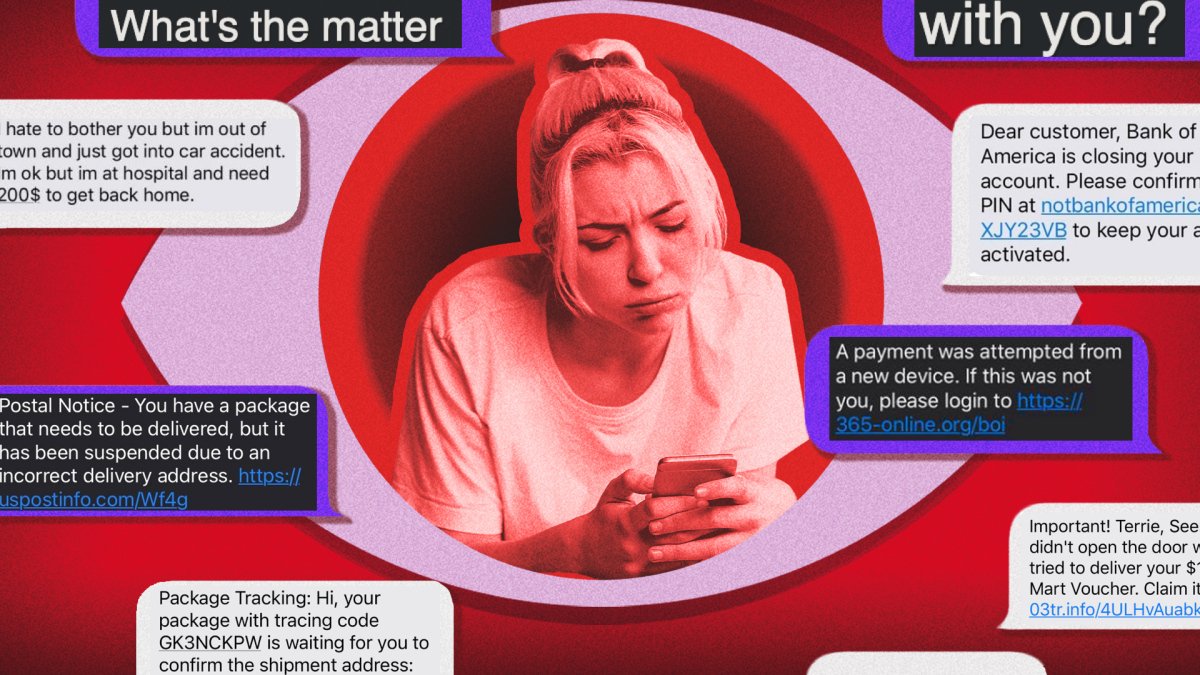Dubious text messages from unknown numbers were multiplying before my eyes. More worryingly, they were starting to evolve.
I’m not talking classic phishing strategies (the IRS is trying to reach you; you need to verify your bank account; you’ve just won a contest); these were easy for even the most distracted, low-IQ version of my brain to spot. It was too easy to junk a message from any unknown sender that offered a URL. After a while, the unknown senders seemed to know it.
My first hi, who is this? text with no link slowed me a little — it is at least plausible that an old acquaintance lost all their digital contacts and found my number written down somewhere. But wouldn’t they also introduce themselves? I deleted those too, repeatedly on every Apple device, because iMessage isn’t sophisticated enough yet to let us rid ourselves of scam texts on iPhone, iPad and Mac with a single tap/click.
Then I received a text from a New York number with a single alarming sentence: What’s wrong with you? Probably a scam, I reasoned, but still the hairs stood up on the back of my neck. What have I done?, said a small voice in the fear center of my brain, the rest of which supplied so many possible answers that the fear voice continued: How did they know?
The calmer, more amused part of my brain almost wanted to congratulate the scammer. We’re social creatures, and science tells us we’re wired to worry about rejection and disapproval. So I did something I’d never done before,…













